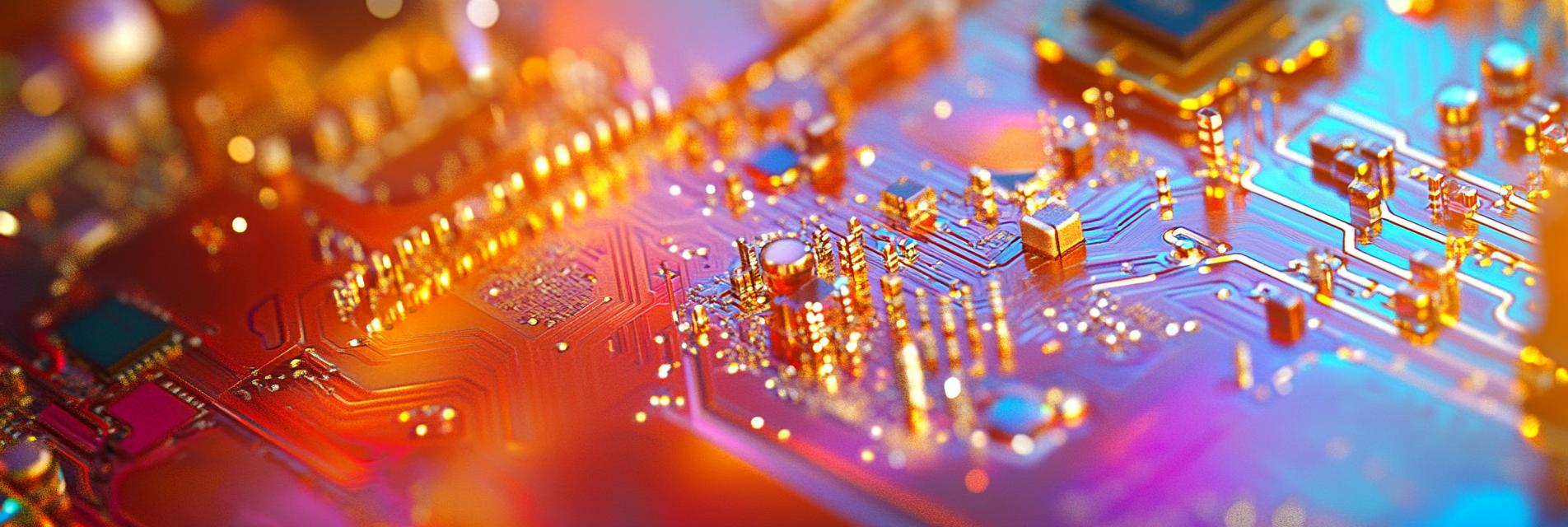High-Performance PCB Standards for Advanced Electronics
17 12,2024
Mingzhenghong Electronics Co., Ltd.
Share and exchange
Explore the essential standards for high-performance PCBs that drive innovation in advanced electronics. Learn about the critical specifications and best practices that ensure reliability, efficiency, and optimal performance in circuit board design and manufacturing.
Introduction
In the rapidly evolving field of advanced electronics, high-performance printed circuit boards (PCBs) play a crucial role in driving innovation. As the backbone of modern electronic devices, PCBs must adhere to rigorous standards that ensure their reliability, efficiency, and optimal performance. This article delves into the essential standards for high-performance PCBs, highlighting critical specifications and best practices for their design and manufacturing.
Key Specifications for High-Performance PCBs
Several critical specifications must be considered when designing high-performance PCBs. These include:
- Material Quality: The choice of materials used in PCB manufacturing significantly impacts performance. High-frequency applications require low-loss dielectric materials to minimize signal attenuation.
- Layer Count: The complexity of modern electronics often necessitates multi-layer PCBs. Increased layers can enhance performance but require careful design to maintain signal integrity.
- Trace Width and Spacing: Optimizing trace width and spacing is essential for current capacity and reducing electromagnetic interference (EMI). These parameters should meet IPC standards to ensure quality.
Best Practices for PCB Manufacturing
To achieve high performance in PCB manufacturing, following best practices is essential:
- Design for Manufacturability (DFM): Ensuring that PCB designs are optimized for manufacturing processes can reduce defects and improve yield rates.
- Thorough Testing: Implementing comprehensive testing protocols, including electrical testing and thermal profiling, can catch potential issues early in the production process.
- Compliance with Standards: Adhering to industry standards, such as IPC-A-600 for acceptable PCB quality, can ensure that the manufactured PCBs meet the required performance criteria.
Future Trends in High-Performance PCBs
The landscape of PCB technology is continually evolving, driven by advancements in electronics and consumer demands. Some future trends include:
- Flexible PCBs: The increasing demand for lightweight and compact devices is leading to a rise in flexible PCB technology, enabling designs that were previously impossible.
- High-Frequency Applications: With the rise of 5G and IoT technologies, there is a growing emphasis on designing PCBs that can handle high frequencies without degradation.
Conclusion
Understanding and implementing high-performance PCB standards is essential for manufacturers aiming to excel in the competitive electronics market. By focusing on material quality, adhering to specifications, and embracing best practices, companies can ensure their PCBs not only meet but exceed the demands of advanced electronic applications.

